Threatened by Climate Change and Fossil Fuel Pollution China’s Mother River in Urgent Need of Collective Action
Against the backdrop of Climate change and ecological degradation,168 guests from Communist Youth League bodies, environment authorities, legal experts, youth associations, non-government organizations, enterprises, academic experts, and media professionals gathered for the first-ever Yellow River Protection and Climate Crisis: A Forum of NGOs along the River. The two-day exchange, held from March 31-April 1 in Qikou, a 300-year-old town along the Yellow River, marked a significant milestone in cross-regional civil society cooperation to uphold China’s river protection law and address the dual threats of climate change and fossil energy development.
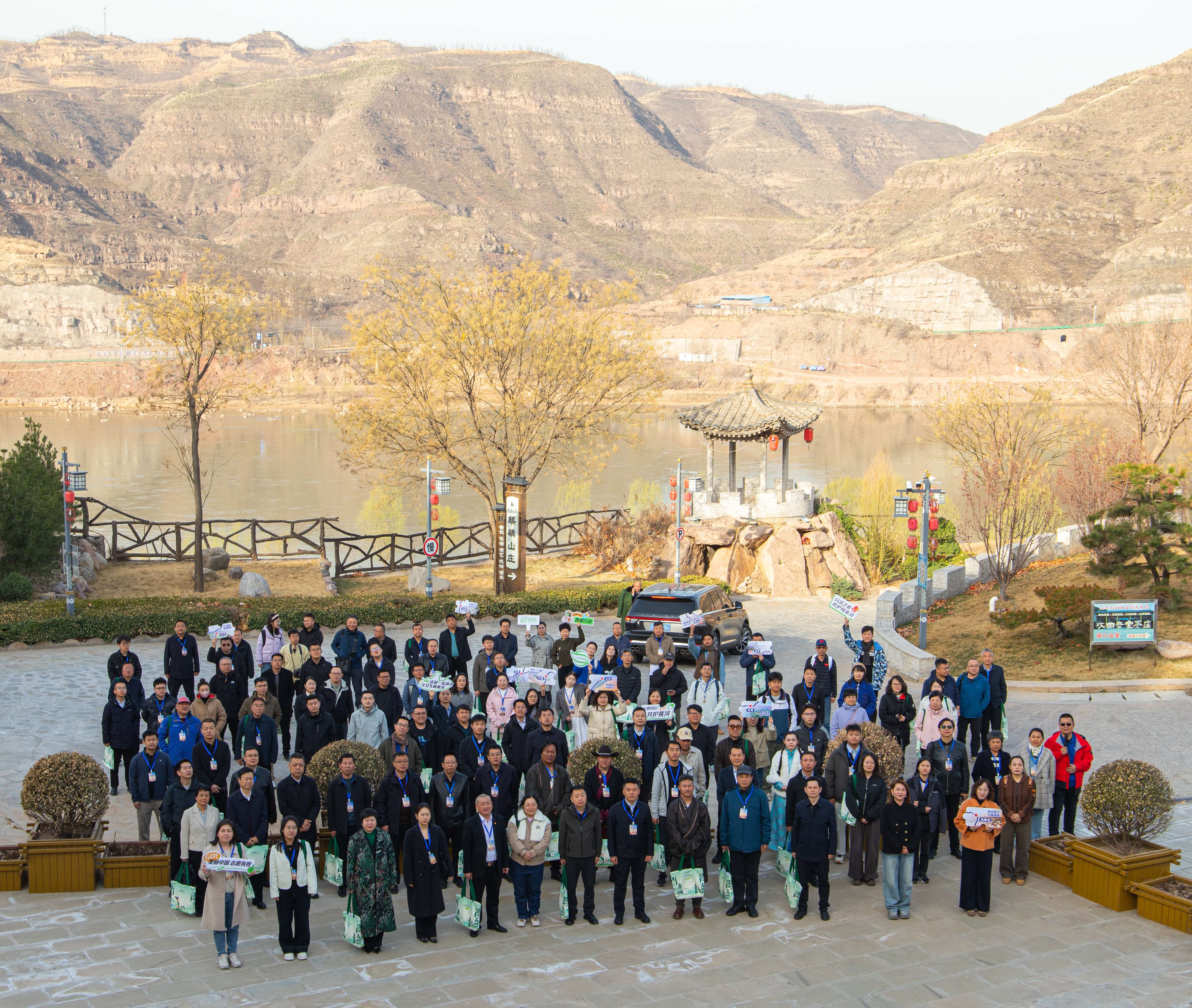
Organized by People of Asia for Climate Solutions, the forum coincided with the second anniversary of the Yellow River Protection Law’s official implementation, and reflected a growing national focus on grassroots participation in environmental governance.
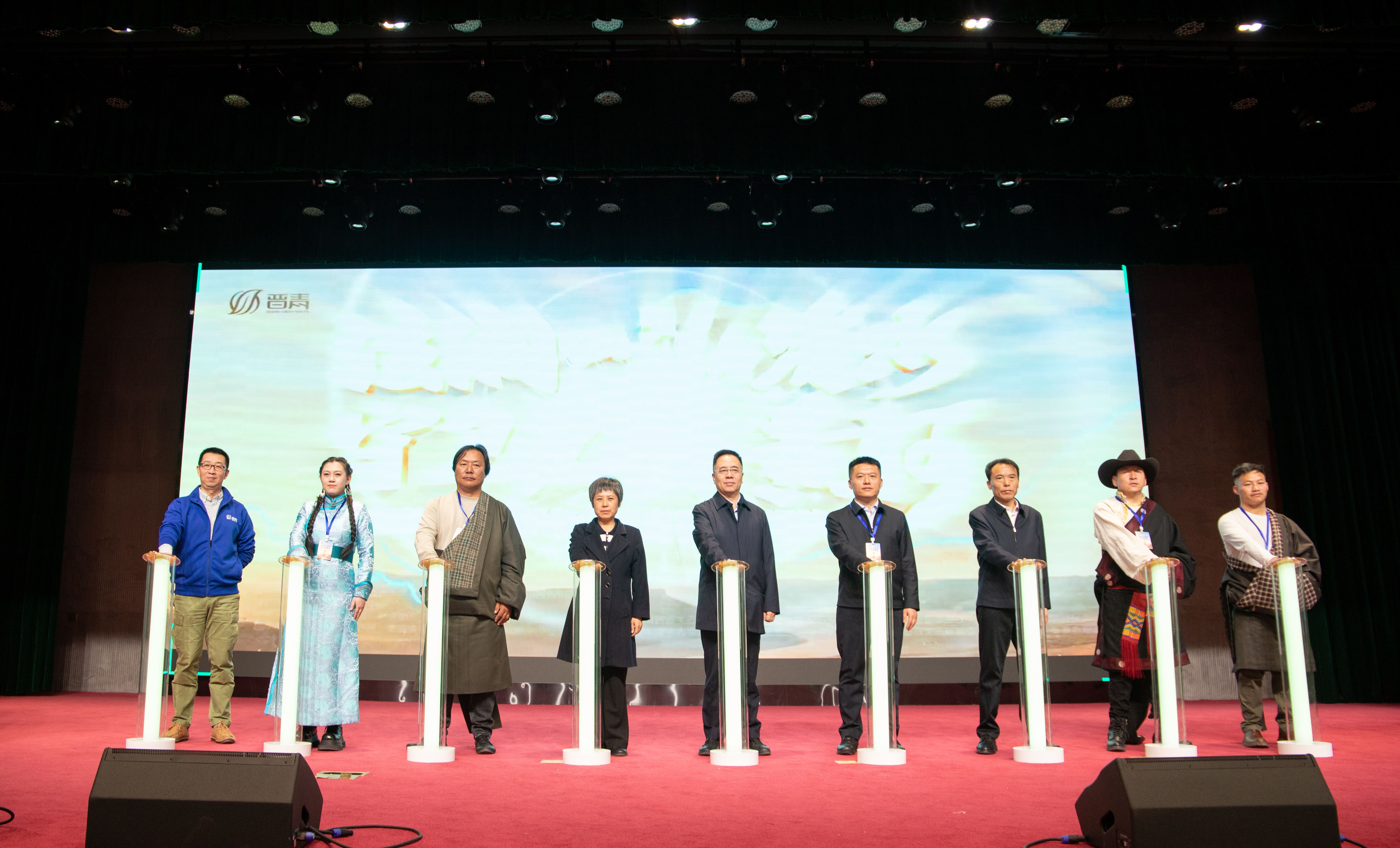
A River Under Pressure
Often called the “Mother River,” the Yellow River is the cradle of Chinese civilization. But its future is under threat. Climate change is accelerating glacial retreat and permafrost thaw at its headwaters, while pollution and land degradation from coal mining intensify in its middle reaches.
“Nine of China’s fourteen major coal bases are along the middle Yellow River,” noted Professor Wu Zhitao, Deputy Director of the Yellow River Laboratory at Shanxi University. “This means extensive mining is focused in our chief water conservation areas. If wastewater, exhaust gases, and solid waste from coal mining are not properly treated, they enter farmland and rivers directly, threatening food safety and public health.”
The Law as a Framework for Action
Enacted in Oct, 2022 and implemented from April 1, 2023, the Yellow River Protection Law provides a legal framework for coordinated ecological governance across all provinces and regions along the basin. It emphasizes whole-river, all-stakeholder collaboration in safeguarding water security, preserving culture, and achieving sustainable development.
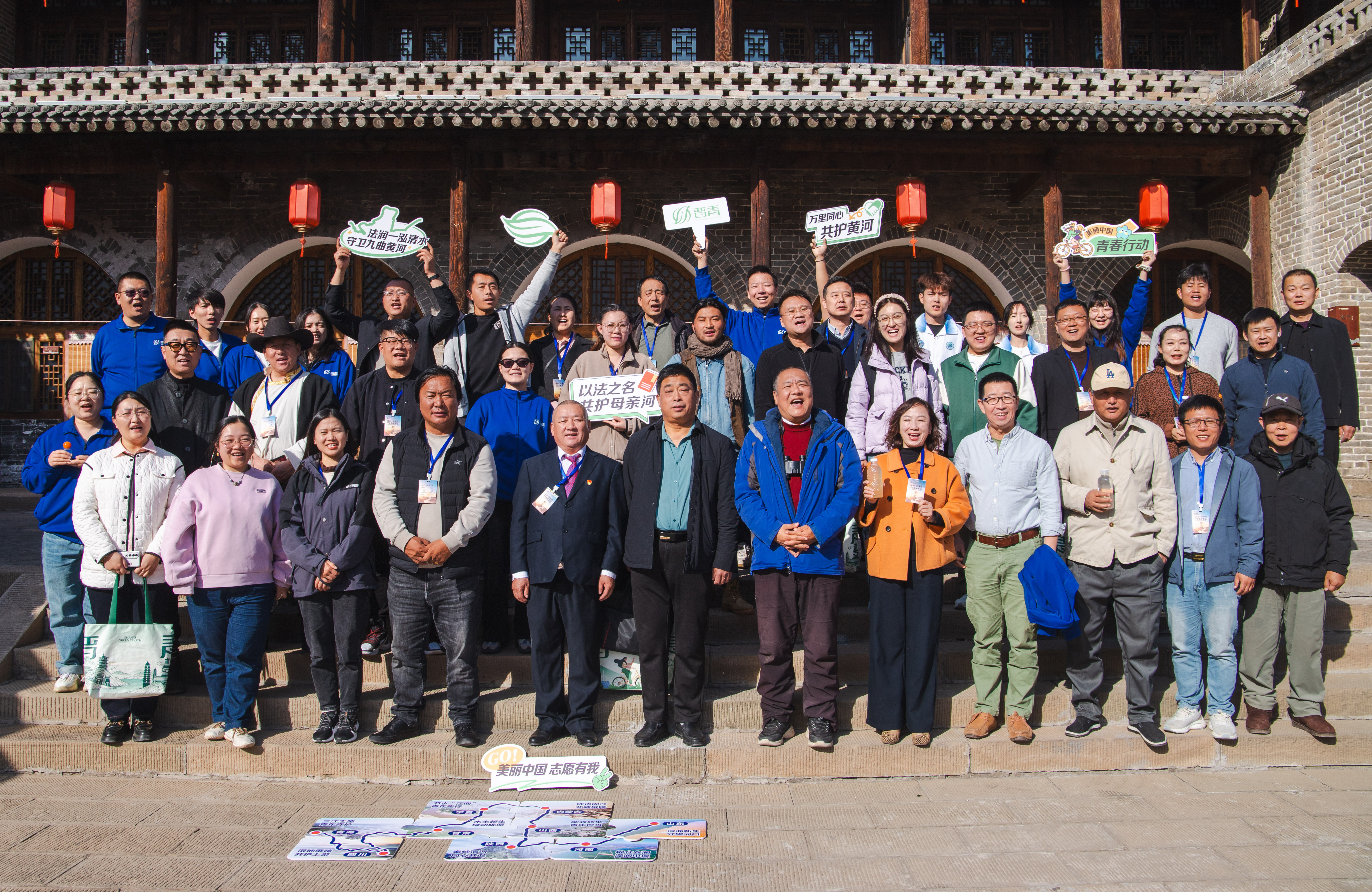
Professor Hao Shaoying of Northwest University of Political Science and Law emphasized that “a major strength of the Yellow River Protection Law lies in its concrete measures to promote high-quality development, including incentives for green, low-carbon energy.”
This vision of collective responsibility was echoed by People of Asia for Climate Solutions’ Executive Director Xiaojun Wang, who called for “more cross-regional, collaborative platforms such as an annual Law Awareness Month to mark the Law’s anniversary.” He added, “Since we call the Yellow River our Mother River, coming together as Upper, Middle, and Lower Reach partners is like siblings reuniting under a family rule that guides us in protecting our shared home.”
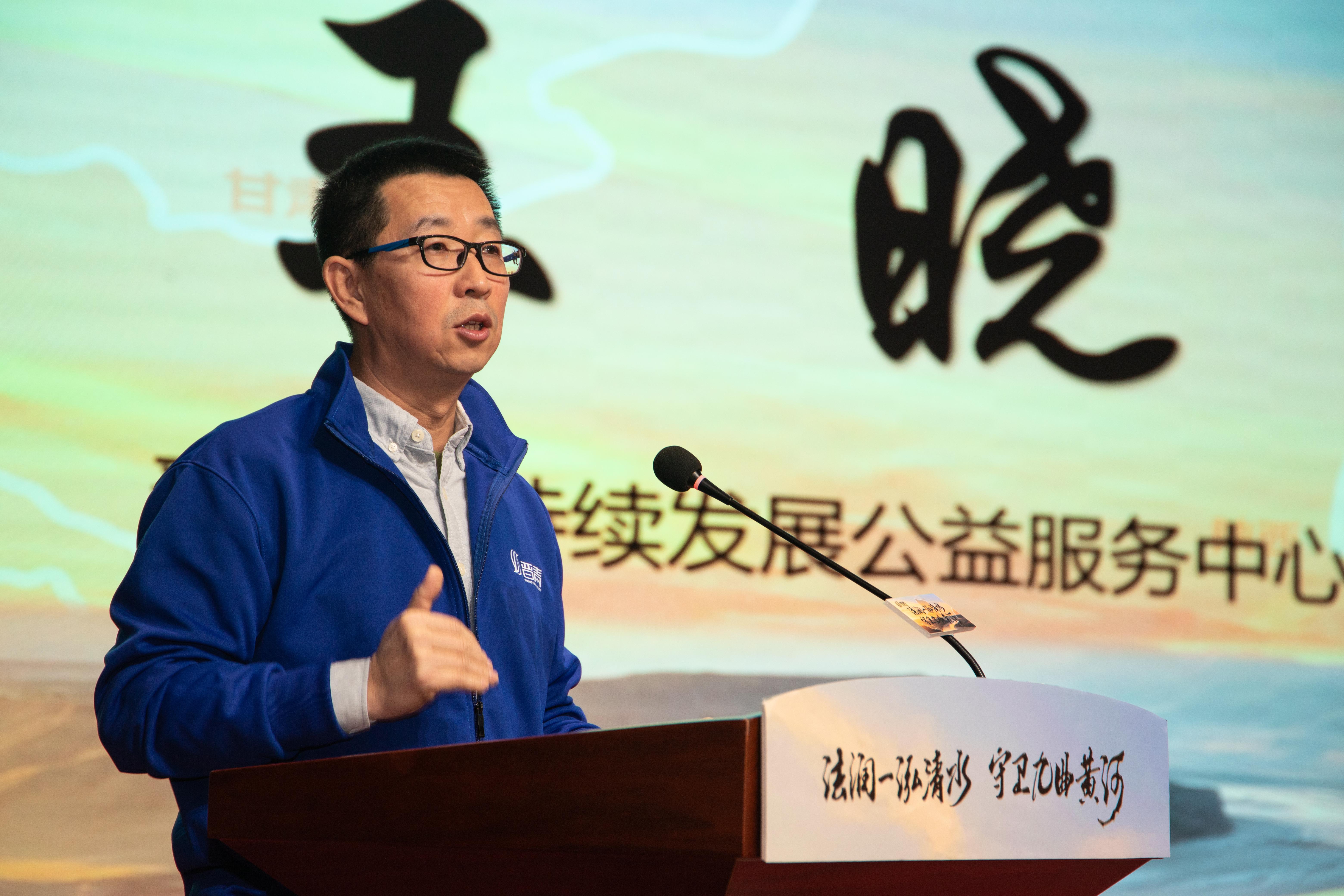
Knowledge-Sharing and Local Solutions
Key sessions at the forum addressed judicial tools for ecosystem protection, public interest litigation, youth engagement, and ecological media strategies. Case studies from Shanxi, Shandong, and Sichuan showcased how communities are tackling water quality monitoring, pollution control, and climate adaptation on the ground.
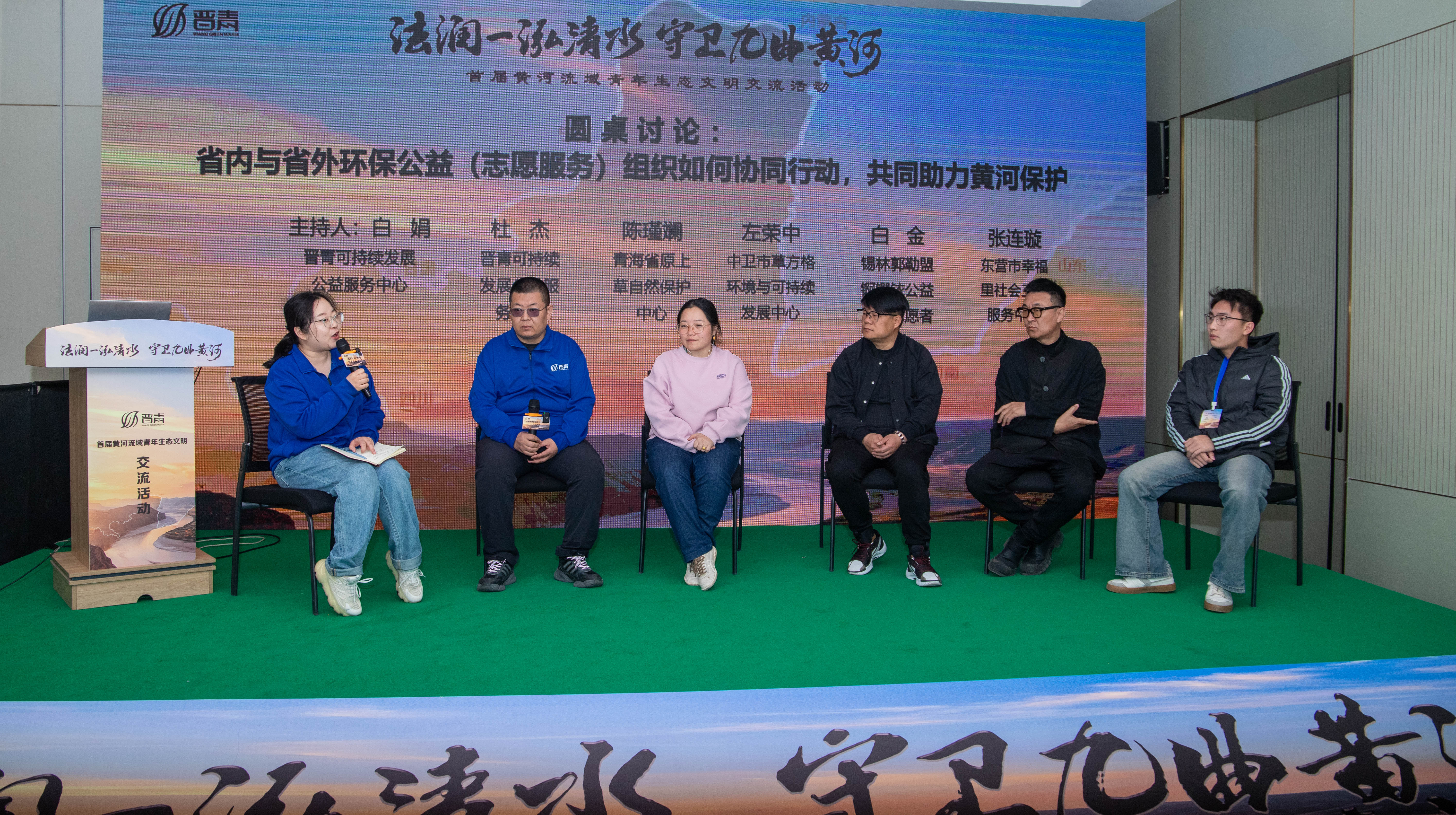
Zhang Yong, Director of the Qinghai Polar Natural Resources Research Institute, reminded participants that “the Yellow River headwaters are a vital water-conservation zone for Northwest and North China,” yet the fragile ecosystem faces glacial retreat and permafrost thaw under climate change. He has observed rapid retreating of glaciers on Animaqing Mountains, in some regions as far as 1,000 meters. Zhang urged stronger ecological protection and community co-management to ensure restoration, cultural preservation, and sustainable development.
However, public awareness of the law itself and the connection between the river and climate change is still relatively low.”
According to a survey by PACS among over 4500 individuals living in 42 cities in all nine provinces
along the Yellow River, over 30% do not know much about the law and a shocking 9% have never heard of the law. At the same time, 33% consider climate change as one of the major threats to the Yellow River and over half of the interviewed agree that “energy transition to control greenhouse gases emission will effectively improve the Yellow River condition”.
Bai Juan, project lead at PACS, emphasized that “the Yellow River region differs from the Yangtze: less water and more sediment mean ecological protection is paramount. Yet this is also an energy base, so energy transition must be both urgent and substantial.”
Voices from the River
Environmental entrepreneur Zhao Liang, founder of AirHero, underscored that “as a major energy producer, the middle Yellow River region must shoulder greater responsibility in emission reduction—especially in coal-chemical industries—requiring interprovincial cooperation.”
For Sonam Yeshe, who leads the “Yellow River No. 1 Phoenix Ecological Pasture,” the changes are already tangible. “Twenty years ago, we slaughtered cattle in November and the meat froze naturally. Now it no longer freezes—the climate is undeniably warming.”
In one of the forum’s most poignant moments, Yi Xizahua, Director of the Zoige ZhaQiongCang Ecological and Cultural Exchange Center, said, “Fifty years from now, someone may recognize the significance of our efforts—or they may not—but the Yellow River will know.”
Building Toward Collective Stewardship
To close the forum, participants adopted the Qikou Declaration on Protecting the Yellow River, pledging ongoing cooperation and joint stewardship. Organizers also launched a knowledge-sharing hub and curated case collection to support advocacy and legal awareness, with media outreach expected to reach more than 50,000 people.
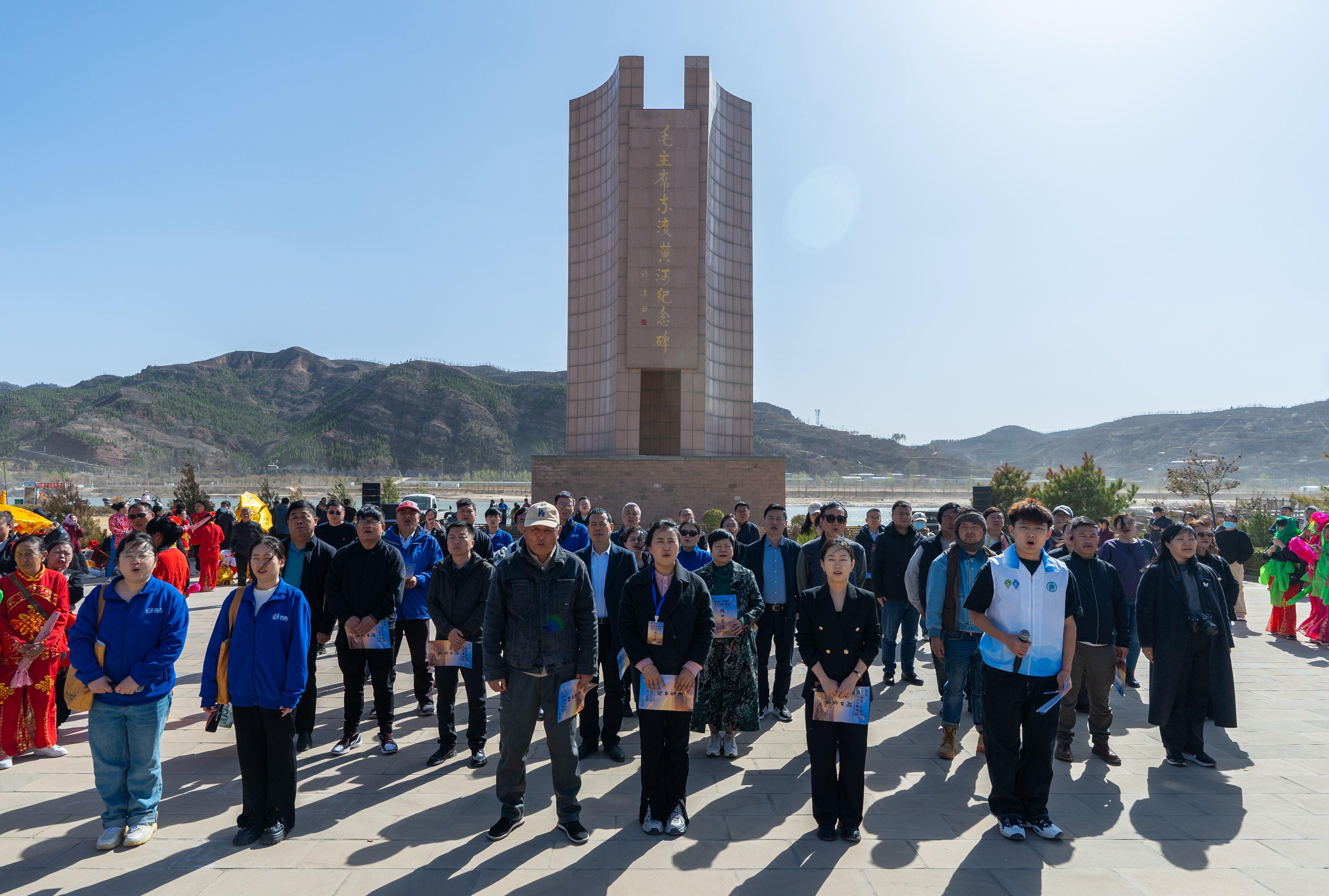
As the Yellow River faces an uncertain future, the message from Qikou is clear: only through united action under a shared legal framework can China’s Mother River be truly protected.
